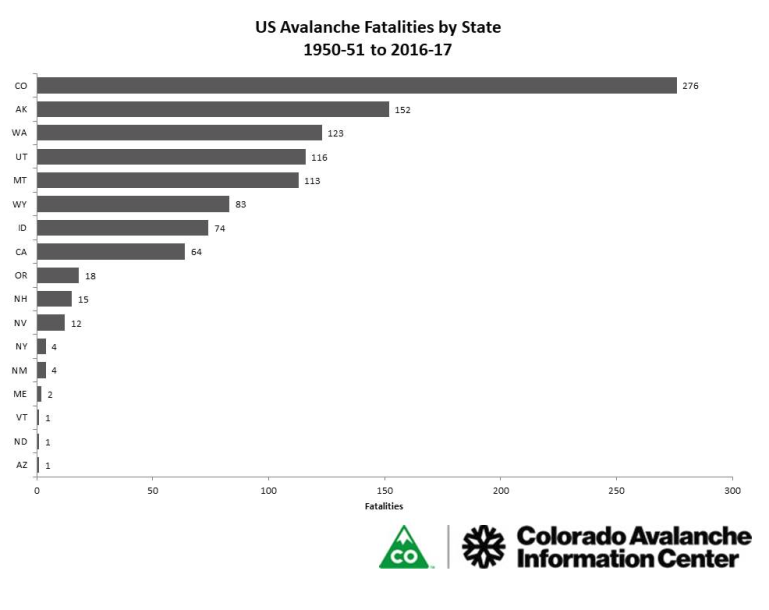BOULDER, Colo. — Avalanche experts are warning skiers and snowboarders in Colorado’s high country to be on high alert as a potential record avalanche season passes the halfway point.
Already this season, the Colorado Avalanche Information Center has recorded 57 people caught in avalanches statewide. On average, it records 63 over an entire season. The season runs from Oct. 1 through the end of the following September.
“If we project the current trend through the end of the season, we will end up with far more people involved in avalanches than we’ve recorded in years past,” says Spencer Logan, an avalanche forecaster in Boulder.
Logan says more than 1,100 avalanches were recorded in January alone, including 32 that involved people. That’s the second-highest total on record.
“The general recipe for avalanches is having weak snow under more cohesive snow,” says Logan.
He explained that one of the reasons for the avalanches is a large number of early-season mountain storms.
“When that snow sits on the ground, it becomes really weak. When we finally started getting big storms in January, that put a really big load on top of that really weak snow, so we’ve seen widespread and very large avalanches occurring,” says Logan.

Logan says it’s also possible more people are reporting avalanches than in years past. He says high-profile avalanches, like the one that killed someone outside of Aspen last week, tend to lead to an increase in reports.
“More and more people are recreating in the back country. We’re seeing more users,” Logan says. “So, that potentially means more people are interacting with avalanches.”
One of those avalanches was in early December in the San Juan Mountains, where Evan Green was snowboarding with a friend.
“I noticed the snow around my feet was starting to move and slide, and I was swept off my feet,” says Green. “It’s like being hit by a tidal wave.”
Green was able to deploy his avalanche airbag, which kept him near the surface as he slid down the mountain.
“As my lower body was being pulled down, my upper body stayed up. So, I’d say I was buried to about my torso, and eventually came to a stop. You’re just fighting for your life, basically,” says Green.
Green’s friend was able to dig him out. He credits an avalanche safety course he took and his airbag for his survival.
“The safety equipment and training definitely played a big role in being able to walk away unscathed from the incident,” he says.
Every day, the CAIC issues an avalanche danger rating on a scale from 1 (low) to 5 (extreme).
Currently, the danger rating is a 2, but Logan says people should still be careful.
“There are specific areas in the mountains where you can trigger avalanches, but there’s a lot of areas you can go play safely,” Logan says.
Logan says back-country skiers need to be carrying beacons, shovels and probes.
On average, six people die in avalanches each year in Colorado. So far this year, two people have died.
